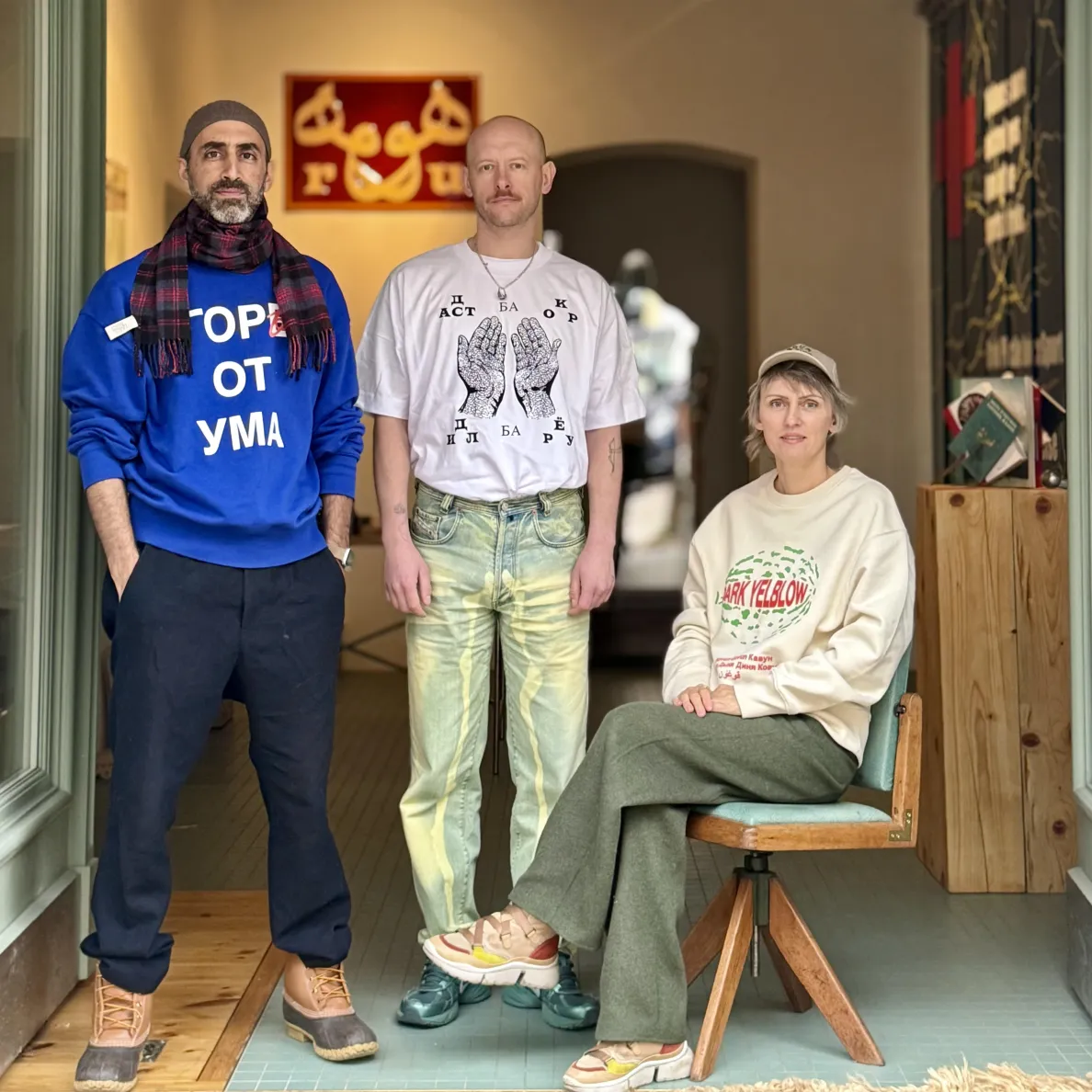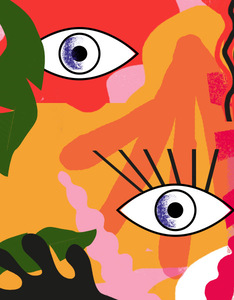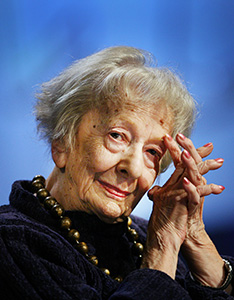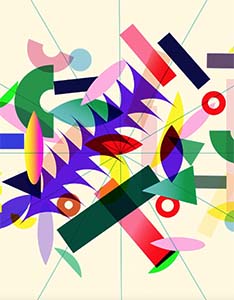Michał Grzegorzek and Slavs and Tatars curate Survival Kit 2025 – a Latvian contemporary art festival in Riga

Michał Grzegorzek, exhibition curator and author of texts on contemporary art specialising in visual and performing arts, together with Slavs and Tatars, an art collective engaged in exhibitions, publications and lecture-performances, will co-curate the 16th edition of the Survival Kit festival. The Latvian contemporary art festival will run from 30 August to 28 September 2025. This year’s edition, entitled House of See-More, addresses the increasingly critical state of transnationalism and the potential for liberation in a world where identity is often perceived as uniform and limiting. The festival will feature works by Polish and Belarusian artists, including Nadia Markiewicz, Karol Radziszewski, Filipka Rutkowska, and Sergey Shabohin. The participation of Polish artists in the Survival Kit festival is supported by the Adam Mickiewicz Institute, and the event is organised by the Latvian Centre for Contemporary Art.
Survival Kit 16: House of See-More from the perspective of Michał Grzegorzek and Slavs and Tatars
The Survival Kit, an international contemporary art festival, has been held in Riga since 2009, created in response to the economic crisis that affected Latvia at the time. Each year, the festival curator or curators develop an exhibition and artistic programme, selecting themes that are both topical and emotionally resonant. Artists from around the world are invited to participate, offering audiences new perspectives and alternative scenarios for survival. The festival’s mission is to critically examine and reflect on the evolution of contemporary society. An integral part of its identity is the choice of venues, which breathe new life into empty buildings in Riga while exploring their revitalisation potential.
The concept of the 16th edition, curated by Michał Grzegorzek and Slavs and Tatars, takes as its starting point the symbol of the Simurgh – a mythical bird found throughout Eurasia. Through this symbol, the festival explores transnationality and seeks both metaphysical and political liberation. Slavs and Tatars, together with Michał Grzegorzek, view the Simurgh as a distinctly transnational entity, representing the Eurasian region stretching from China to northern Ukraine. They also highlight the subversive potential of the Simurgh as a non-binary being – sometimes identified as female and originating from another world. In their perspective, it serves as an alternative to the symbol of the eagle, which evokes notions of empire, nationalism, and a culture built around toxic masculinity.
The globally renowned art collective Slavs and Tatars focuses its work on territories historically marginalised and oppressed by Russian and Soviet imperialism. Since its founding in 2006, the group has aimed to create new ways of understanding within contemporary discourse and to revive Eurasian culture. Describing themselves as “archaeologists of everyday life”, they draw on the deeper layers of tradition, custom, and language. Their interests encompass anthropology and politics. Their objects, installations, performances, and public interventions often reference archival materials – from Zoroastrian calendars and Persian road maps to early 20th-century Azerbaijani comics. Slavs and Tatars’ works have been featured in solo exhibitions at leading institutions worldwide, including Vienna Secession, MoMA New York, Salt Istanbul, and the Albertinum Dresden.
Michał Grzegorzek is a curator and writer based in Warsaw, with a focus on activities at the intersection of performing and visual arts, as well as experimental exhibition formats. Between 2017 and 2022, he was associated with the Ujazdowski Castle Centre for Contemporary Art, where he co-developed the performing arts programme. Together with Mateusz Szymanówka, he ran the “To Be Real” programme, which explored the intersections of contemporary performance and club culture. Since 2022, he has been co-curating Kem School, a programme of collaborative learning that combines experimentation with reflection on social choreography, performance, and queer and feminist methodologies.
23 artists to present their works in the former Riga Knitting Factory building
Twenty-three artists, publishers, performers and educators have been invited to participate in Survival Kit 16, presenting their works in the former Riga Knitting Factory building. The building is currently undergoing revitalisation and is being transformed into a new urban district: the creative city of Grīziņdārzs. Located between the railway station, major transport hubs, and industrial buildings, the area – once considered “placeless” – is becoming a dynamic meeting point. This transformation is an integral part of Survival Kit’s mission to revitalize the city and give it new life.
The exhibitions will also feature new textile works by Filipka Rutkowska, who transforms previously worn clothes into sensual, symbolic objects. Garments once used for everyday functioning become carriers of bodily memory, intimacy, and queer embodiment. Transcending the boundaries of femininity and masculinity, and employing theatricality and strategies of subversion, Rutkowska proposes entirely new ways of being that challenge imposed social norms.
Riga will also host works by international artists, including: Radvilė Racėnaitė, Jurga Ivanauskaitė, Askhat Akhmedyarov, Demetrio Castellucci, Ali Cherri, Bekhbaatar Enkhtur, Shadi Habib Allah, Kexin Hao, Inese Jakobi, Edith Karlson, Roman Khimei & Yarema Malashchuk, Nadia Markiewicz, Enad Marouf, Daria Melnikova, Luīze Nežberte, Karol Radziszewski, Sergey Shabohin, Malina Suliman, Sana Shahmuradova Tanska, Oksana Shachko, Marje Taska, Ola Vasiljeva, and Lidija Zaneripa.


